Building Emotional Intelligence in Preschoolers: Activities That Teach Empathy and Self-Regulation
Emotional intelligence (EQ) is just as important as academic knowledge in a child’s early years. It helps kids navigate social situations, build meaningful relationships, and manage their emotions. Preschool is the perfect time to start developing these essential skills, and as a parent, you play a key role in this process. Let’s explore how to teach empathy and self-regulation through fun, everyday activities that your little one will love.
What Is Emotional Intelligence?
Emotional intelligence is the ability to:
- Recognize and understand your own emotions.
- Empathize with others and understand their feelings.
- Manage emotions effectively in various situations.
By developing EQ, children gain the tools to express themselves, solve conflicts, and grow into emotionally healthy individuals.
Why Focus on EQ in Preschool?
At the preschool age, children are starting to explore emotions, relationships, and social norms. Teaching them about emotions during this stage:
- Builds Strong Relationships: Kids who understand and respect others’ feelings make better friends.
- Promotes Self-Control: Learning to regulate emotions helps reduce tantrums and frustration.
- Boosts Academic Readiness: Emotionally intelligent kids are more focused and ready to learn.
Activities to Teach Empathy
1. Read Stories with Emotional Themes
Books are a wonderful way to introduce empathy. Choose stories where characters experience different emotions, and discuss them with your child.
-
How to Do It:
After reading, ask questions like:- “Why do you think the character felt sad?”
- “What would you do to help them feel better?”
-
Example Books:
- “The Rabbit Listened” by Cori Doerrfeld
- “Have You Filled a Bucket Today?” by Carol McCloud
2. Play “Feelings Charades”
Turn emotions into a fun guessing game. This activity helps kids recognize and name different emotions.
-
How to Do It:
Write emotions (happy, sad, angry, surprised, etc.) on cards. Take turns acting them out without words while the other person guesses the emotion.
3. Practice Acts of Kindness
Simple acts of kindness teach kids how their actions can make others feel happy or appreciated.
-
How to Do It:
Encourage your child to:- Share a toy with a sibling or friend.
- Make a card for a family member.
- Help set the table during mealtime.
Activities to Teach Self-Regulation
1. Deep Breathing Exercises
Teaching kids to calm themselves with breathing is a powerful tool for managing emotions.
-
How to Do It:
- Have your child imagine blowing up a balloon: Take a deep breath in through the nose, then slowly blow out through the mouth.
- Practice “flower breathing”: Pretend to smell a flower (inhale) and then blow out a candle (exhale).
2. Create a Calm-Down Jar
A glitter jar can help children focus and calm their emotions during stressful moments.
-
How to Make It:
- Fill a clear jar with water, glitter glue, and a bit of loose glitter.
- Shake the jar and watch the glitter settle together as you talk about how emotions can settle too.
3. Use Emotion Cards
Help your child identify what they’re feeling by using visual aids.
-
How to Do It:
Print or draw cards with faces showing different emotions (happy, angry, scared, etc.). Ask your child to pick a card that matches how they feel. Then, discuss why they feel that way and what can help.
How Parents Can Model Emotional Intelligence
Kids learn best by example. Here are ways you can model EQ for your child:
- Name Your Emotions: Use phrases like, “I’m feeling frustrated because I can’t find my keys, but I’ll take a deep breath to calm down.”
- Show Empathy: Respond kindly when your child is upset. “I see that you’re sad because playtime is over. It’s okay to feel sad.”
- Apologize When Needed: Admitting when you’re wrong teaches humility and accountability.
Final Thoughts
Teaching emotional intelligence to preschoolers isn’t about big lessons—it’s about small, intentional moments woven into daily life. By focusing on empathy and self-regulation, you’re giving your child tools to thrive emotionally, socially, and academically.
Remember, this is a journey, not a race. Celebrate the small wins, model positive behavior, and enjoy watching your little one grow into an emotionally intelligent superstar!
What are your favorite activities for teaching EQ to your child? Share your tips in the comments below! 💕
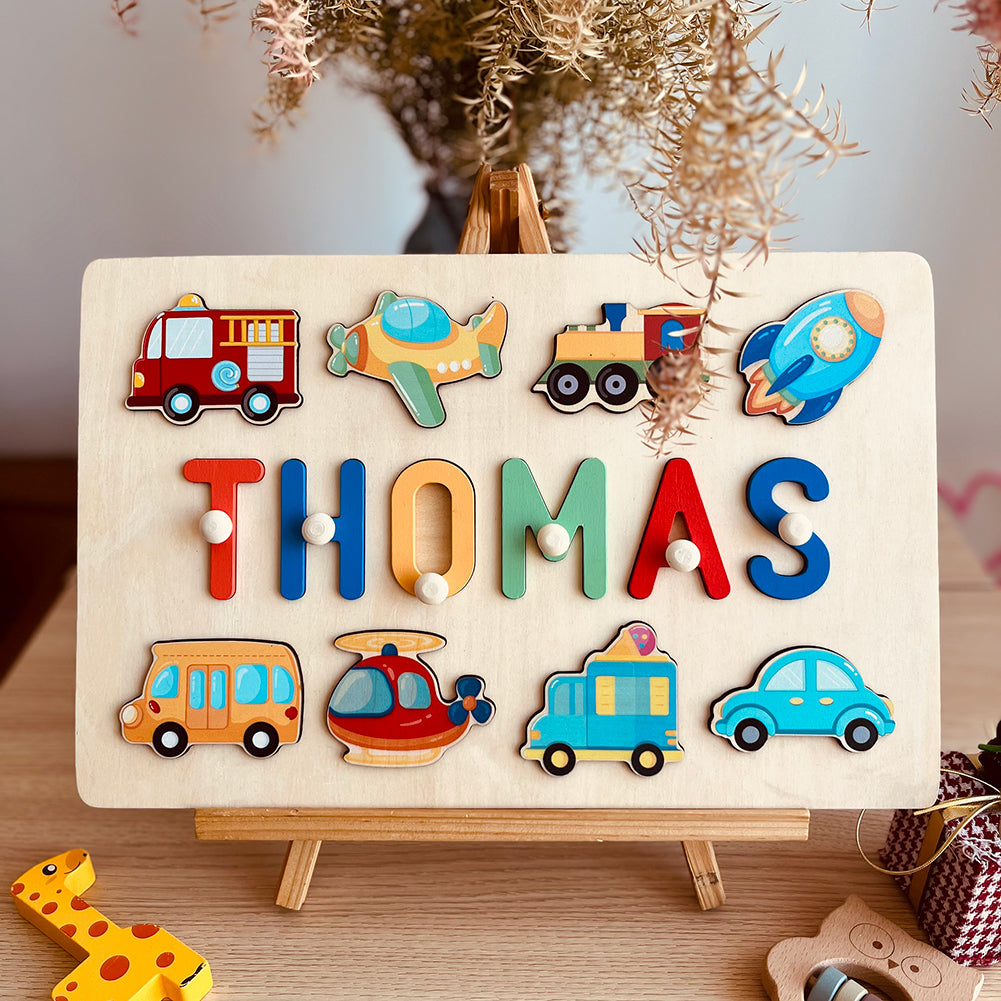



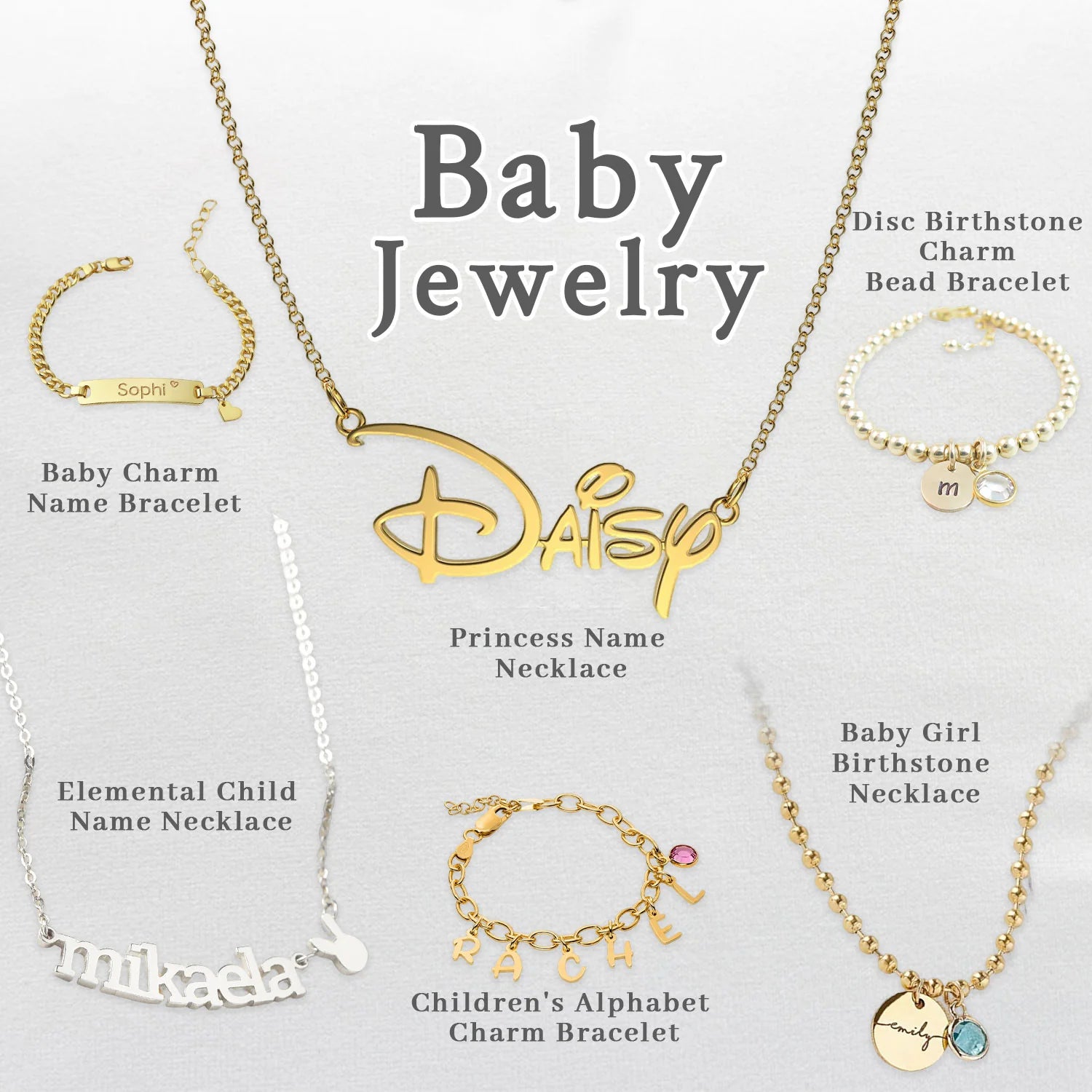
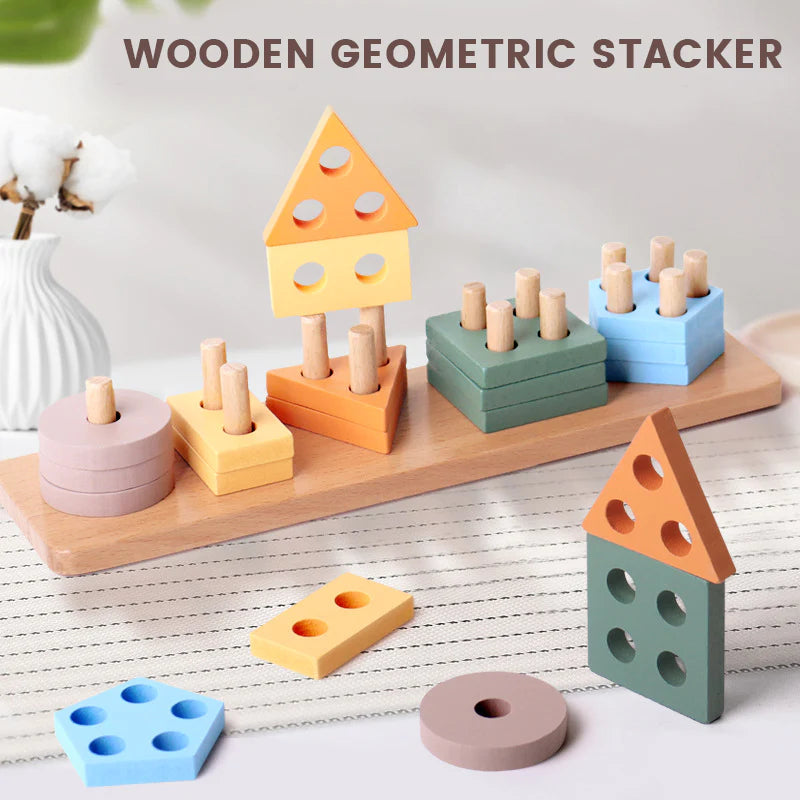



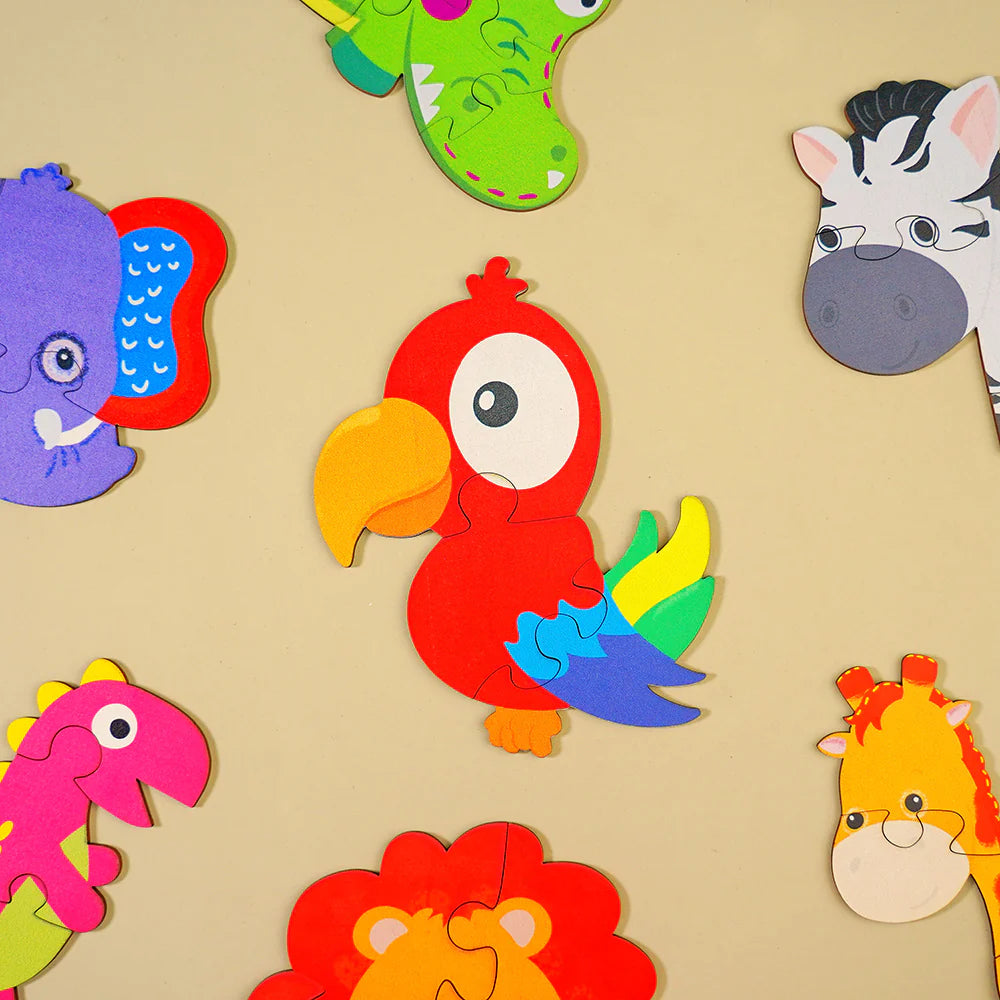



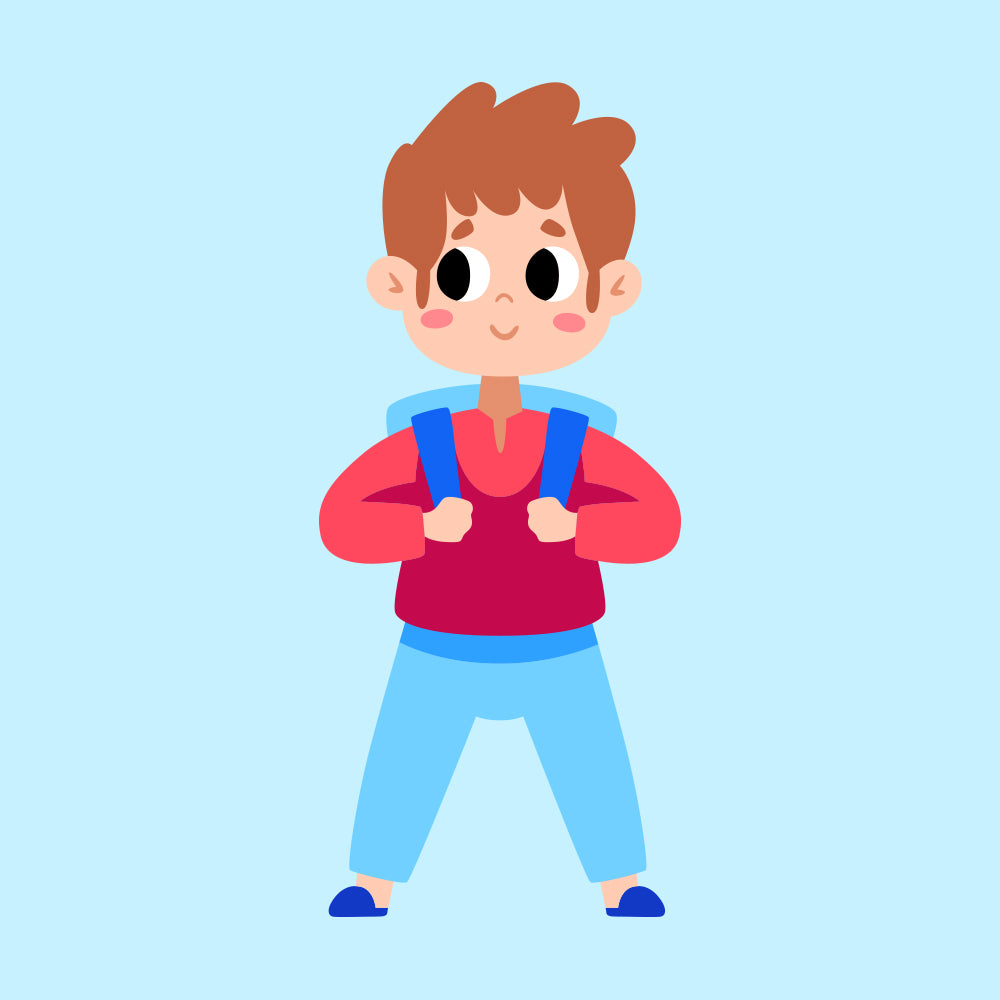

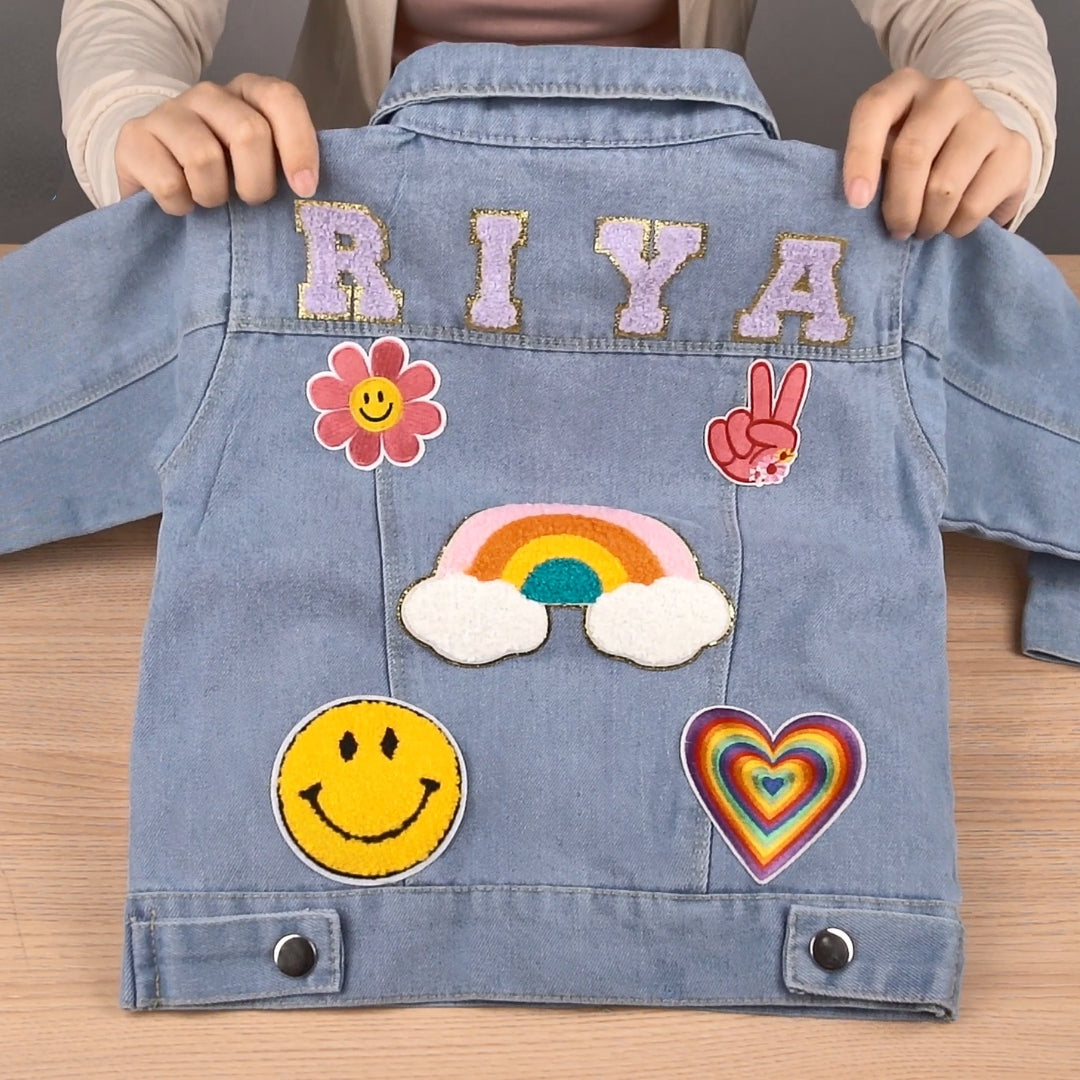



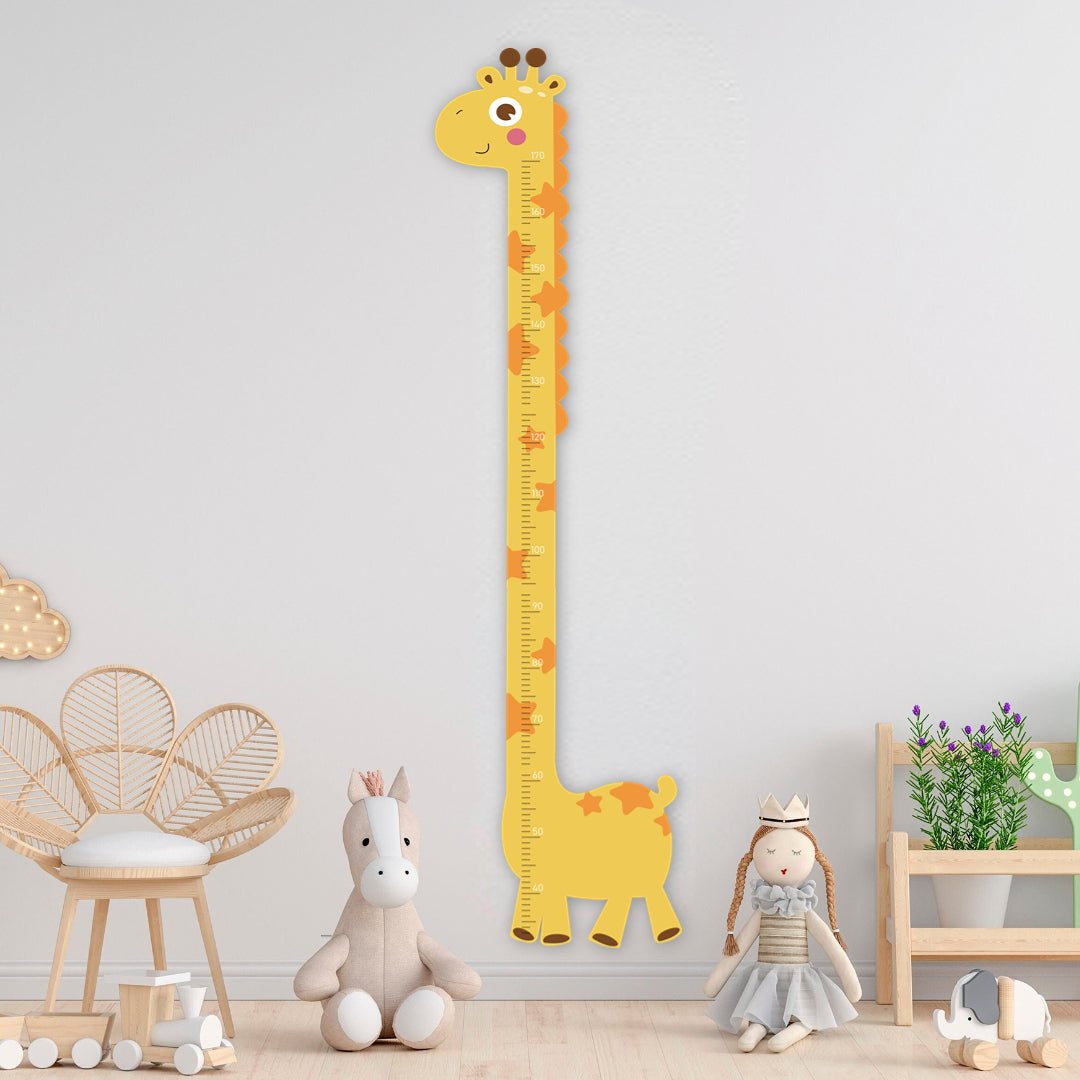
Leave a comment